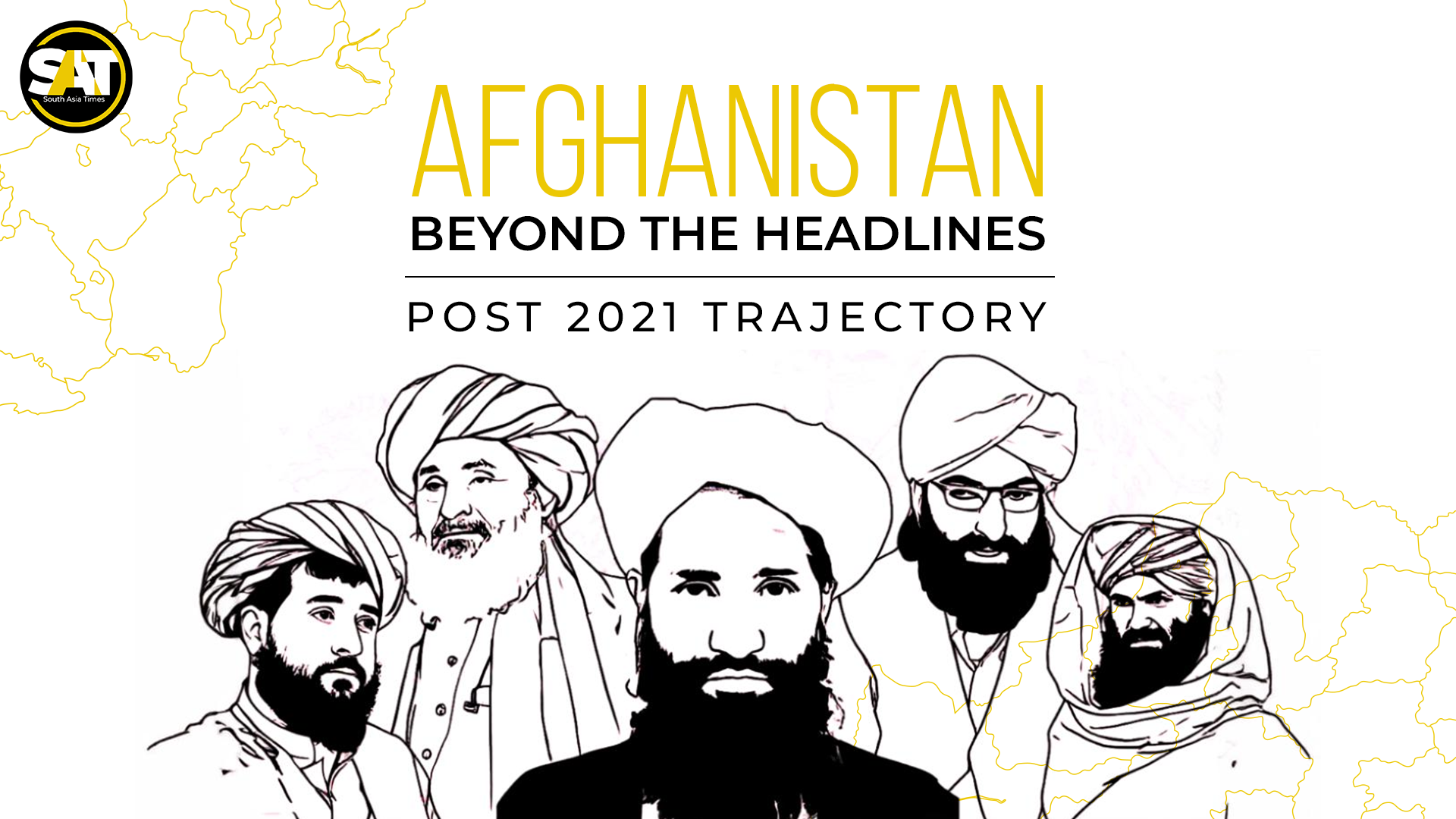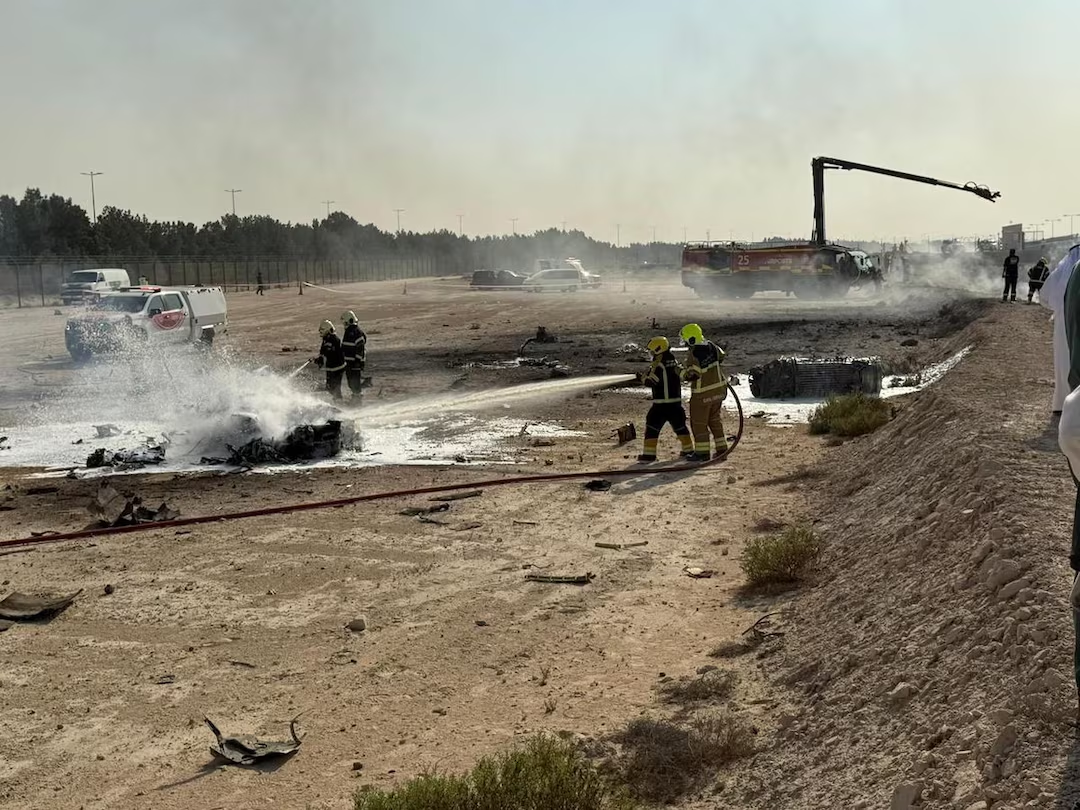SINGAPORE: A large laser-ignited fusion research centre appears to being constructed in China’s southwestern city of Mianyang, experts at two analytical organisations say, a development that could aid nuclear weapons design and work exploring power generation.
Satellite photos show four outlying “arms” that will house laser bays, and a central experiment bay that will hold a target chamber containing hydrogen isotopes the powerful lasers will fuse together, producing energy, said Decker Eveleth, a researcher at US-based independent research organisation CNA Corp.
It is a similar layout to the $3.5 billion US National Ignition Facility (NIF) in Northern California, which in 2022 generated more energy from a fusion reaction than the lasers pumped into the target – “scientific breakeven”.
Eveleth, who is working with analysts at the James Martin Center for Nonproliferation Studies (CNS), estimates the experiment bay at the Chinese facility is about 50% bigger than the one at NIF, currently the world’s largest.
The development has not been previously reported.
“Any country with an NIF-type facility can and probably will be increasing their confidence and improving existing weapons designs, and facilitating the design of future bomb designs without testing” the weapons themselves, said William Alberque, a nuclear policy analyst at the Henry L. Stimson Centre.
China’s foreign ministry referred Reuters questions to the “competent authority”. China’s Science and Technology Ministry did not respond to a request for comment.
The US Office of the Director of National Intelligence declined to comment.
In November 2020, US arms control envoy Marshall Billingslea released satellite images he said showed China’s buildup of nuclear weapons support facilities. It included images of Mianyang showing a cleared plot of land labeled “new research or production areas since 2010”.
That plot is the site of China’s fusion research centre, called the Laser Fusion Major Device Laboratory, according to construction documents that Eveleth shared with Reuters.
Also See: China Sets 17-Minute Record in Artificial Sun Nuclear Fusion Test
Nuclear Testing
Igniting fusion fuel allows researchers to study how such reactions work and how they might one day create a clean power source using the universe’s most plentiful resource, hydrogen. It also enables them to examine nuances of detonation that would otherwise require an explosive test.
The Comprehensive Nuclear Test Ban Treaty, of which both China and the United States are signatories, prohibits nuclear explosions in all environments.
Countries are allowed “subcritical” explosive tests, which do not create nuclear reactions. Laser fusion research, known as inertial confinement fusion, is also allowed.
Siegfried Hecker, a senior fellow at the Freeman Spogli Institute for International Studies and the former director of Los Alamos National Laboratory, another key US nuclear weapons research facility, said that with testing banned, subcritical and laser fusion experiments were crucial to maintaining the safety and reliability of the US nuclear arsenal.
But for countries that have not done many test detonations, he said – China has tested 45 nuclear weapons, compared with 1,054 for the United States – such experiments would be less valuable because they do not have a large data set as a base.
“I don’t think it would make an enormous difference,” Hecker said. “And so … I’m not concerned about China getting ahead of us in terms of their nuclear facilities.”
Other nuclear powers, such as France, the United Kingdom and Russia, also operate inertial confinement fusion facilities.
The size of those facilities reflects the amount of power designers estimate is needed to apply to the target to achieve ignition, said Omar Hurricane, chief scientist for the inertial confinement fusion programme at Lawrence Livermore National Laboratory, which operates NIF.
“These days, I think you probably can build a facility that’s of equal energy or even more energetic (than NIF) and a smaller footprint,” Hurricane said. But, he added, at too small a scale, experimental fusion does not appear possible.
That other countries operate laser-driven fusion research centres is not a cause for alarm in itself, Hurricane said.
“It’s kind of hard to stop scientific progress and hold information back,” he said. “People can use science for different means and different ends, and that’s a complicated question.”
This news is sourced from Geo and is intended for informational purposes only.

![A large laser-ignited fusion research centre is being built in China's Mianyang, potentially aiding nuclear weapons design and power generation. [Image via Reuters]](https://southasiatimes.org/wp-content/uploads/2025/01/587848_5643304_updates.webp)




